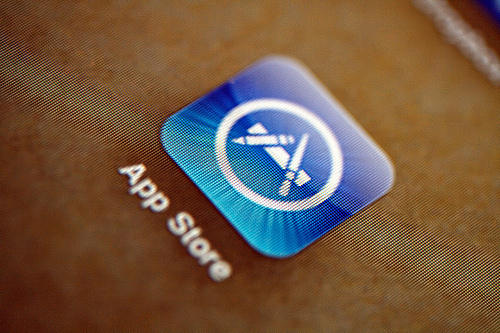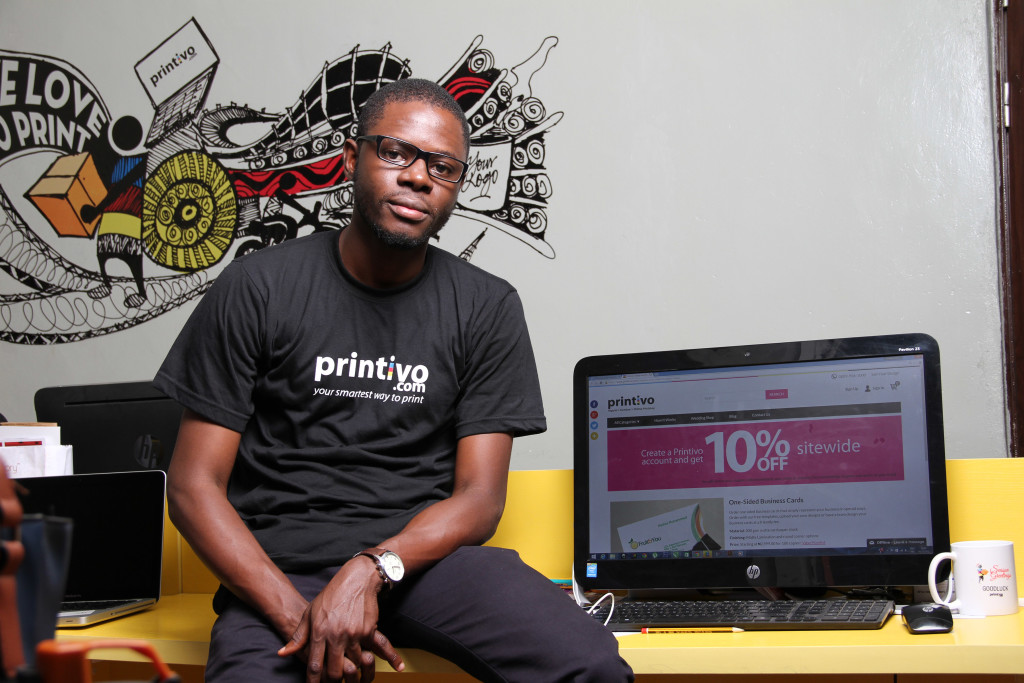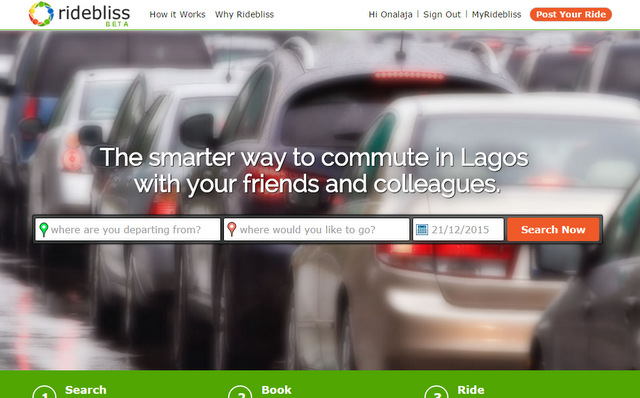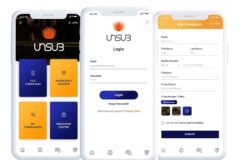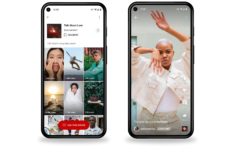Apps are everywhere. Only three years ago, we had about 800,000 thousand apps on Google Play and Apple’s appstore combined. As at the time of this writing, however, there are 1.6 million apps on Google Play alone, followed closely by the Appstore at 1.5 million apps.
Already as at 2011, the number of apps going up everyday on mobile marketplaces was pegged at 2000 by the mobile analytics service, Mobilewalla and it’s only expected that this number would have grown steeper now. It’s app extravaganza out there people.
If this is not depressing enough, how about the fact that for most apps coming on to a marketplace, many apps have come before it, attempting to solve the same problem and have failed at?
At this point, I imagine you have begun to realize just much of a stretch getting to the new and noteworthy paradise and all that installs you thought up during all the late night codeathons may be. But there are ways to cut back this stretch even when on a budget. Especially when on a budget. Note, these are not growth hacks. There is really no hacking growth. You are either providing value for which people are willing to fork out money or extra RAM space, or you are not. Which is why I start with;
1: Let the app solve a real problem
At the very least it should solve a problem that bothers you. If you run off half-cocked to create an app just because you were fishing at the bottom of the cool barrel, you’ll have no one but yourself to blame when you build it and they don’t come.
You’re saying, “wait, isn’t this a post about marketing an app? An app that I’ve already built?” Actually, yes this post is about marketing apps, and no, if you start thinking about marketing your app only after you’ve built it, then it’s possible that you’re a good developer, but you are certainly a bad planner. The app’s marketing begins even before you’ve conceived it.
This prototype is for showing to only a few very close people that have the problem that it’s intended to solve or the use case it’s supposed to fulfill. This is typically called an alpha. Proof of concept if you like. Don’t share it with pundits or “experts” who will take one look and declare it “great!” or “fucked!”, because those guys tend to be wrong more often than they are right. The user is the wisest counsellor you’ll ever have. It’s their feedback that will help you iterate in the right direction. In TechCabal-speak, don’t put this on Radar, if you really mean business. I repeat. No Radar.
3: Iterate and release your beta
This is where the rubber begins to really meet the road. You have caught every bug your crop of friends told you messed up their experience. You have improved the UI and optimized the user experience. Now you can move out of your comfort zone to test with users not in your inner circle. Now you can post to Radar and in the sanest of language ask the community to have a go at this and actively engage with the feedback from your volunteer beta testers. Take a cue from this guy.
4: Get an HQ
You need an information headquarters in the form of a micro-website where people can come and get more robust information on your app, other than the flighty text in the description on the appstore. Moreover, most people don’t read that description, so it’s good form to have it somewhere else, with more graphics collateral to draw users in. And that’s your HQ. It’s going to be a beautifully designed one-pager or, at most, a two-pager website with links to the various app stores where your app is listed with a GIANT download buttons showing visitors the way. Here, you can also tell the story behind your app. More of this in the next section. Your explainer video and trailer can also go here.
5: Find a story and tell it beautifully
Why did you make this app? Remember how we mentioned solving a problem that at the very least bothered you? It’s where you craft that story and tell it. This helps build a community of people who can find a place in your narrative. And when they want to share, your story comes in handy.
Put it up on your website along with testimonials and updates about the app; what your mum/drinking buddy/head usher thinks about it, how the local fitfam used it as the official photo app for last week’s 25Km run or something else.
In the off chance that you don’t have a story and it was all just for the benjamins from the start. Well, two things: you can make one up or just tell truth. Whatever you do, tell it beautifully and share it as much as you can.
6: Partnerships
Sidle up to a company with the same customer base as the audience profile you are attempting to capture. Often times, because you are offering a real value, they’ll be happy to have you leverage on their network of users. ROI for your partners will come in so many different, the least not being an exclusive partnership with you. You are offering a real value aren’t you?
7: Get a newsletter on, and keep in the face of your users
Now you already have a few people on your app, keep them engaged. Keep users abreast with updates to your app, share the building process with them, share safe backend schematics of new updates, how other users are using your app and cool suggestions about the app. You are also attempting to get press at this time (here is a guide on how to do that) and share the buzz your app is making in the press in the newsletter. Some users will churn after using your app only once, the newsletter is a good way to bring them back into the fold. Make the communication light, make it fluffy, make it personal. You can do this yourself, but hire professional if you have to, for better results.
8: Meet actual people
And talk to them about what you are building. It may be creepy, but the guy to your right at the viewing center is a candidate here. Even if he has on the opponent’s jersey. Have them play around with it on your phone during the mid-match analysis or after the game. Ask if they’ll like to have it on theirs. Tell them to share it with their friends. Of course, they’ll want to. You have an app that solves a problem.
9: SEO/App store optimization (ASO)
The difference is subtle between those. While SEO is to make sure your app comes up in relevant searched, ASO is to make sure that when your app comes up, it is downloaded – conversion. I wish I didn’t have to add this because it’s so mainstream. It’s always the first call when the question of marketing apps comes up. But it works. And it’s free as well. So find relevant keywords, using tools like SensorTower or App Annie and spice your page with these keywords. Make your app description smart and relevant to your audience profile. That way, your potential user who paused long enough to read your description will be convinced your app is not a spammy bot that will secretly mine bitcoins with her phone. You need to go the whole nine yard here; your app logo, screenshots, trailer and all the works should not be phoned-in. Those are almost as important as building the app itself. Heck, it’s an imporatatn part of building the app.
Now, understand there are more ways to market your app and these are no absolutes. Only a Sith Lord deals in absolutes, and well, I’m only a wide-eyed youngling learning the ways of the force. I have written these based off of patterns I have observed and the collective knowledge of Radar folks. Check this Radar thread, and this one and this one for more tips.
All the best with world domination.









